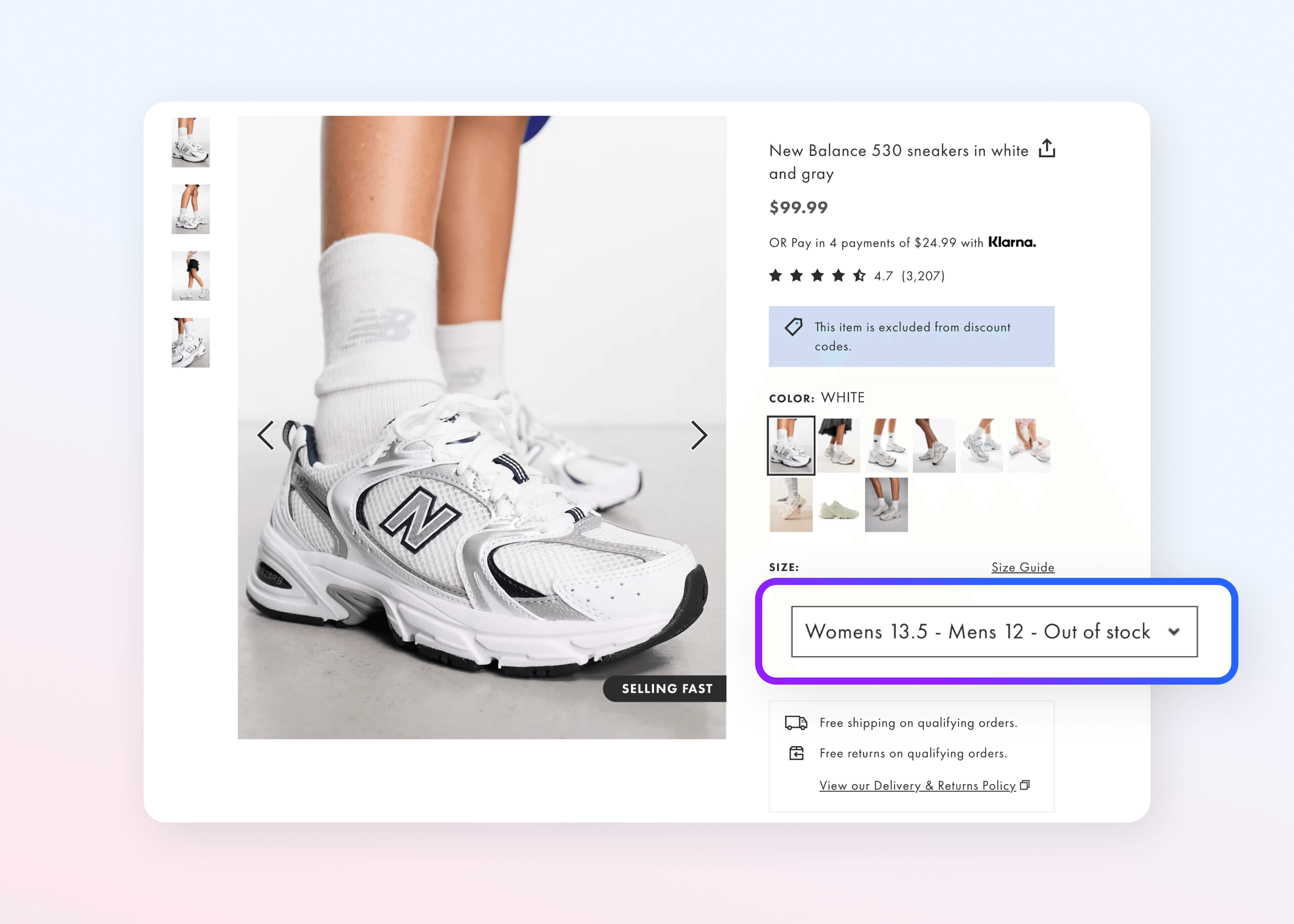More 2021 Commerce Predictions from the Mirakl Partner Ecosystem

Last week, Mirakl partners LiveArea, Deloitte Digital, and SAP shared their view towards the future, emphasizing the increased urgency of digital transformation initiatives – and the adoption of new digital-first business models.
In this week’s feature, we’ve asked Dentsu Commerce, Avalara, and McFadyen Digital to look ahead to 2021 and beyond. They paint a picture of acceleration, with predictions of innovative digital-first business models and strategies gaining speed across industries & regions.
Dentsu Commerce: Continued confluence of expectations between B2B and B2C buyers
A trend to gain speed in 2021: The continued confluence of expectations between B2B and B2C will drive both sectors closer to shared experiences and offerings.
Gone are the days of B2B “getting a pass” in terms of experience and offerings, as consumers will expect typical B2C services, such as omnichannel fulfillment and robust shopping experiences from their B2B partners.
Findings from dentsu’s Isobar Creative Experience Survey 2020 highlight that in a COVID world, 39% of CMOs have made commerce a greater focus while 36% have implemented direct-to-consumer approaches to meet the growing expectations of customers.
This increased consumer demand for quick shipping of all goods, either first or third-party, from marketplaces will continue to drive the need for micro-fulfillment centers. Brands and retailers who previously had marketplace strategies which included drop-shipping of goods from third parties to their customers will need to hold goods in owned properties in order to meet their customer expectations for quick shipping.
The looming generational shift from the Baby Boomers to Generation Z will continue to cause effects in all sectors – from expectations of inventory to delivery time. This will drive brands and retailers to rethink previous first-party only strategies and investigate marketplace solutions to satisfy customer demand. We expect to see an explosion of third-party marketplaces over the next 24 months as retailers all try to jockey for dominance in the “one stop shop” sector.
Avalara: The future of commerce may lie on other shores
There’s a world of opportunity out there. To grab it, eCommerce sellers will need a global focus in 2021.
The COVID-19 pandemic has accelerated the adoption of online shopping worldwide. Global eCommerce is expected to jump from $3.46 trillion in 2019 to a projected $5 trillion in 2021. Consumers in all countries are increasingly comfortable shopping with international companies.
A best practice for sellers looking to engage with international shoppers is to examine analytics for site visitors’ country of origin. If people from other countries are already coming to your site, study their path to purchase to uncover potential obstacles to checkout. If you’re not getting international traffic, beef up marketing efforts in your target countries. Once sales increase, it may make sense to set up a local website. It should be intuitive, provide a great mobile experience, and use clear language that won’t cause problems for translation software.
It’s important to turn early shoppers into brand ambassadors, so create a superlative user experience with full transparency. Display customs duties, taxes, and shipping costs at checkout. Use item classification software to ensure internationally shipped products are properly identified and taxed. Conduct business in the local currency and build strong relationships with shipping partners to provide a seamless experience from the first click.
2021 will likely see a surge in cross-border sales. Don’t let them pass you by.
McFadyen Digital: Advanced marketplace features will be the winning differentiator in the platform revolution
As marketplaces become more mainstream, the winners will be those which attain the advanced levels of the Marketplace Maturity Model (MMM). Simply enabling third-party (3P) sellers (marketplace maturity level 3) alone isn’t enough to dominate an industry. As competition grows in the platform economy, advanced marketplace capabilities will be the differentiator needed to lead.
Marketplace operators have the opportunity to collect massive amounts of data that isn’t available to traditional eCommerce operators. Maturity level 4 (quantitative management) marketplaces collect data, translate it into insights and predictions, and then based on inferred prescriptive intelligence will automate processes for scalability. Examples include automated catalog and offer ingestion as well as automated 3P seller promotion, suspension or commission changes based on performance KPIs.
Maturity level 5 (optimizing) marketplaces are constantly innovating new business models and capabilities. An example is creating a services marketplace – standalone or in addition to a product marketplace. Pure services marketplaces like Uber, Fiverr, and TaskRabbit have enabled the gig economy. Amazon and others provide a services marketplace (e.g. local 3P electrician services) in addition to a product marketplace (e.g. 3P ceiling fans) which lifts revenue in both categories. B2B companies can also create services marketplaces (often with their channel partners) to sell more of their products.
This post is part of Mirakl’s coverage on the 2020 holiday season. Subscribe to the Marketplace Strategy Blog to have these stories sent straight to your inbox.



